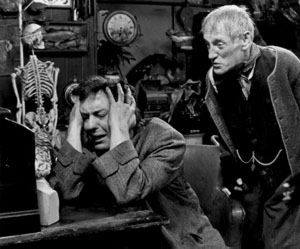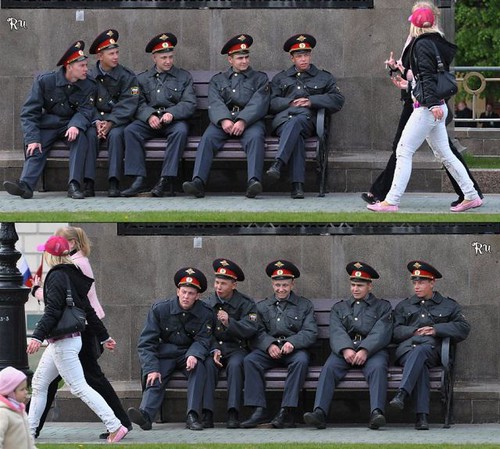I will answer your question with this post Roses.
The script imago diagram is one way of showing how transference occurs in relationships.

This diagram comes from here.
As the child grows it forms relationship prototypes or relationship templates. These are shows as the slots in the script imago diagram which are categorised into three types. As the child grows it establishes its relationship with mother and father. This will include all the good stuff and all the not so good stuff including the unmet needs of the child. These are usually formed in the first decade of life and become the templates for later relationships.
As the child grows into adulthood it will begin to establish relationships similar to those templates established in childhood. The person will unconsciously select people like mother and also project onto the person mother like qualities. Thus the same types of relationships will occur over and over in the persons life. The psychological process of projection is an integral part of this process.
There are three types of transference described here. Those people whom we see as more psychologically potent than we are the parental figures or transference figures in our life. We will tend to project these templates onto people in our current life who are also seen as more psychologically potent than we are. Therapy is a perfect setting for a client to see the therapist as a more psychologically potent figure (parent figure) and hence the parent figure slots are projected onto the therapist.

If the son went into therapy over time he would begin to see the therapist in the same light as his father’s haranguing. This is done by him using the psychological process of projection.
People can also develop counter transference or dependent figure templates for relationships. Often this is done by older siblings on younger siblings. This happens particularly if the parents use the older sibling as a live in baby sitter and structure the relationship so the older one takes on a parental role with the younger one. Thus the older sibling develops a strong prototype for such relationships. These people in adulthood can become therapists who spend their working life looking after others who are in the child like position in the relationship.
Thus we have counter transference and the therapist can project their archaic image onto the client and this is where problems may develop in the therapy. The younger child can also use the older sibling as another parent figure slot. Some times youngest children have very few (and even sometimes nil) dependent figure slots.
In adulthood they are unlikely to seek an occupation where they are the looking after parental one like a therapist or nurse. It just wont feel right and they will not be comfortable in that role. They will tend to be more child like and self centered and end up in relationships that have that quality.

A child like profession in adulthood
Finally we have sibling transference. If the siblings or peers are allowed to interact as equals they can develop equal figure or sibling transference slots in their script imago. These are the templates they use in adulthood for equal power relationships. If a child was isolated for some reason then it may develop few and sometimes no slots for this type of transference. Children who are home schooled can have this difficulty or when parents for some reason do not allow the child to interact a lot with its peers. Only children can also do this.
In each case the process of projection is used by the person who projects the template onto the other. It can do this with the good qualities of the relationship and the not so good qualities. If the person had good quality and co-operative relationships with its siblings then these will be projected onto equal figures in adulthood. If it was encouraged to be very competitive with its peers by the parents then in adulthood this will tend to show out in the equal relationships. The person will project this onto the other.

How the soldiers relate to each other will depend on the projection of the early relationships they had with their siblings
As we can see this is different from the defence mechanism of projection. In that instance the process of projection is used to hide from some part of our personality that we do not like. In transference the process of projection is used such that earlier templates for relationships can be employed in our current day life.
Graffiti


0 comments:
Post a Comment